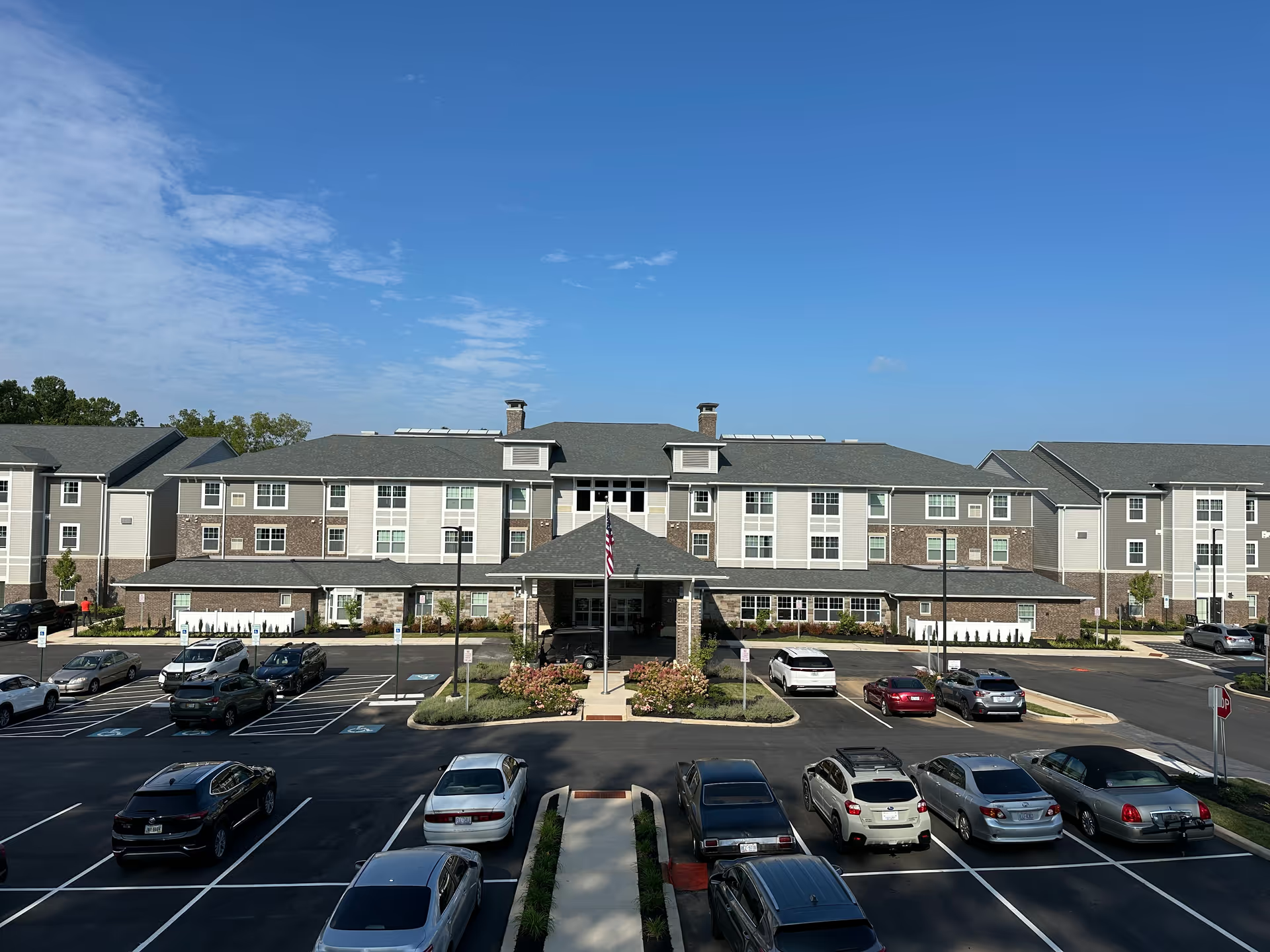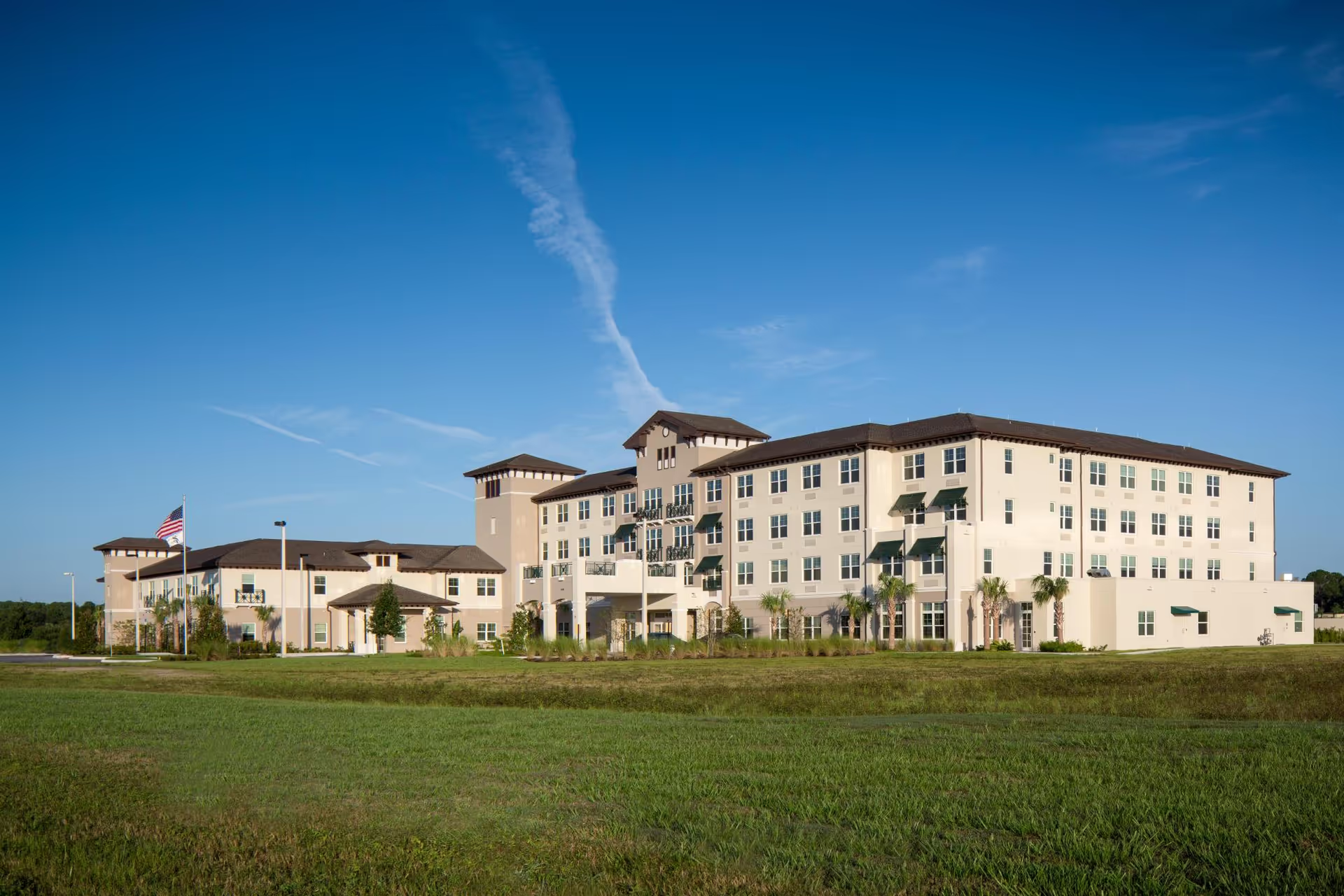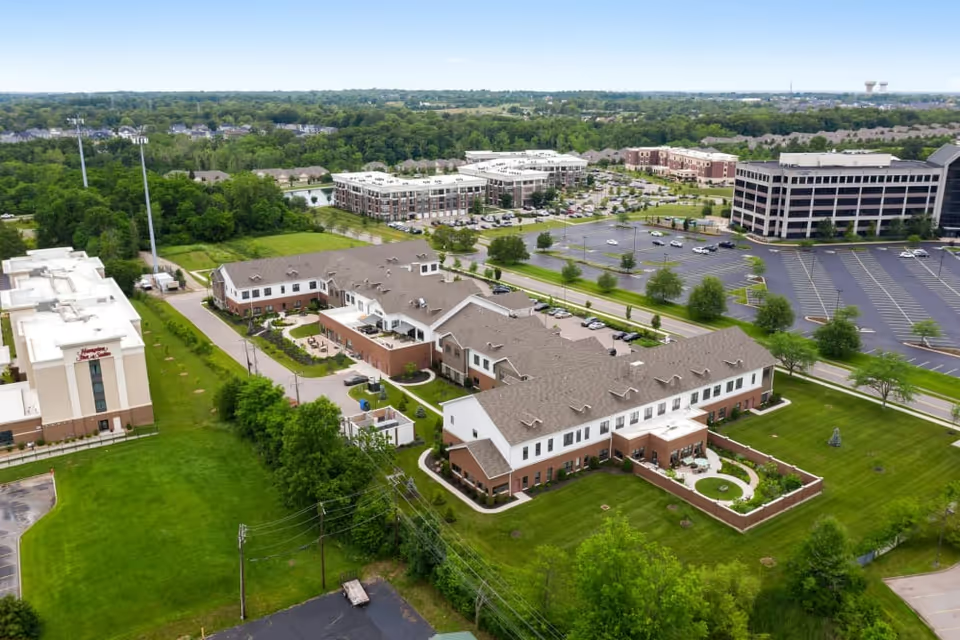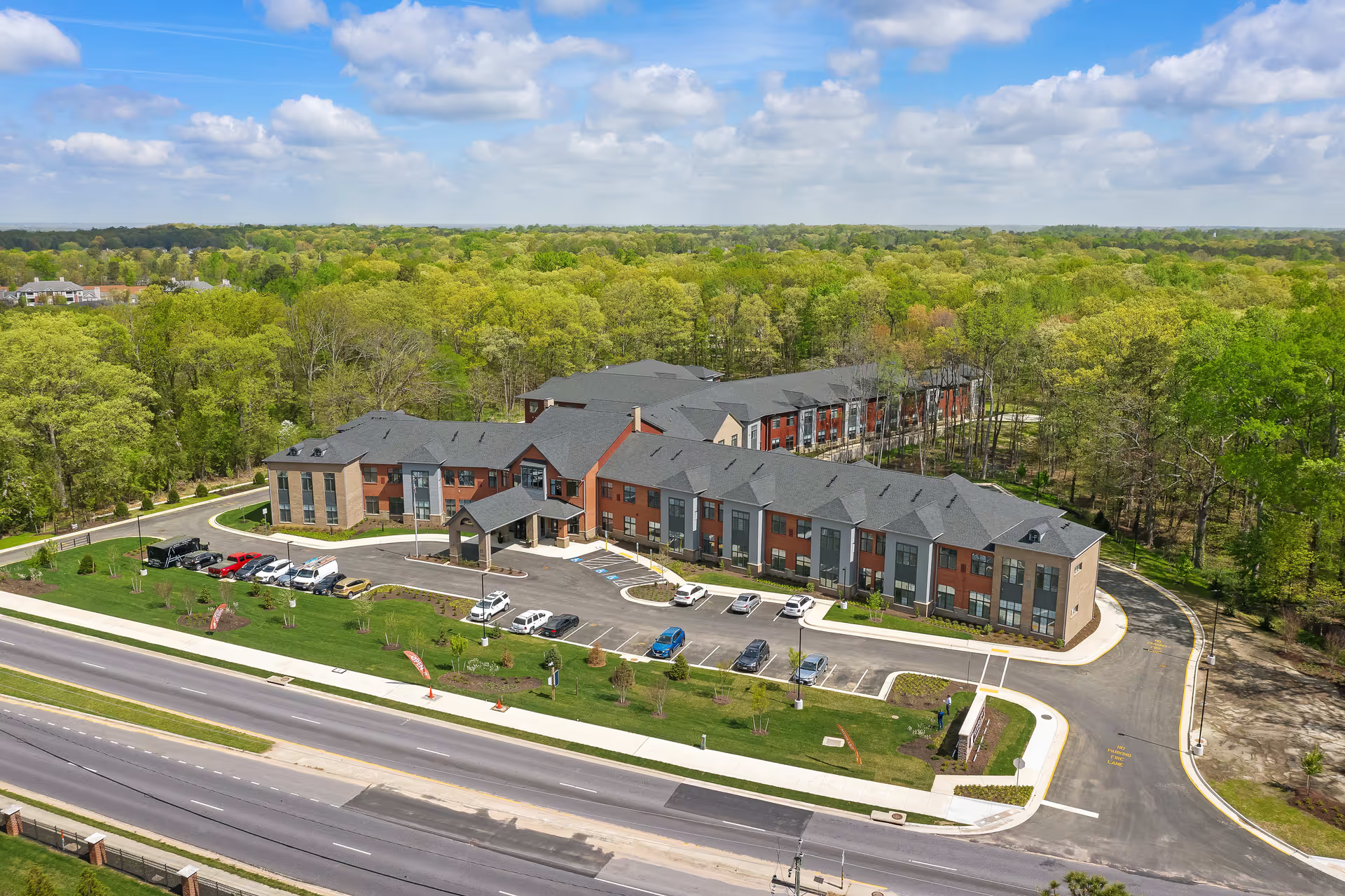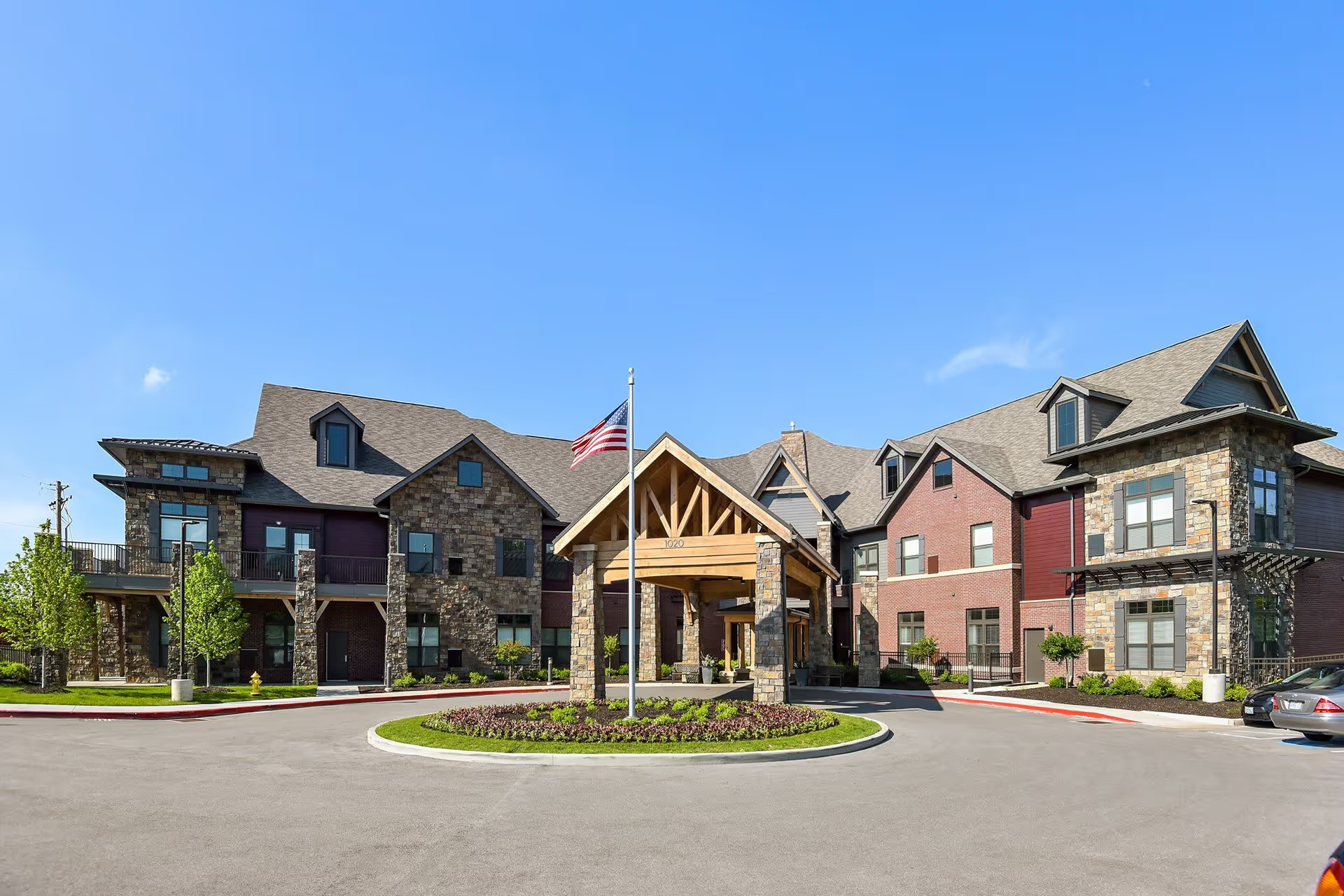Overall impression: The reviews for Spalding Post Acute are highly polarized, with strong, detailed praise from many families and equally strong, detailed condemnations from others. Positive reviews emphasize compassionate caregivers, specific standout aides and administrators, effective therapy and rehabilitation, good meals, and a home-like atmosphere. Negative reviews raise serious and recurring concerns about neglect, understaffing, safety incidents, unsanitary conditions, poor communication, and management problems. The pattern is one of substantial variability: the facility appears to provide excellent care and environment in some units, shifts, or time periods while showing serious lapses in others.
Care quality and staffing: A major theme is inconsistent care quality. Multiple reviewers describe attentive, dedicated nursing and therapy staff who helped residents recover cognition, mobility, and comfort; specific CNAs and aides are named and praised for going above and beyond. Conversely, many accounts report neglect—residents left without assistance for hours, diapers and clothing left soiled, withheld or delayed pain medication, inadequate wound care, and inadequate turning equipment. Several reviews allege serious clinical consequences tied to poor care, including UTIs, blood clots (DVTs), wounds from improper bathing, falls and head injuries from being dropped, and even deaths attributed by families to neglect. Understaffing is cited repeatedly as a root cause of long wait times, missed care, and inconsistent medication timing.
Management, communication, and administration: Reviews show a split view of leadership. Some administrators (names frequently cited: Michelle, Clarence, Suzi) are described as responsive, compassionate, and proactive—helpful during admissions, keeping families informed, celebrating residents, and addressing concerns. Other reviews describe management as inaccessible, unresponsive, or erratic—long phone holds, lack of follow-up after incidents, sudden staff layoffs, and claims that new leadership cares less. Several reports allege billing confusion, threats of eviction for nonpayment, and possible fraudulent billing practices. Communication breakdowns are a consistent complaint: families report delayed notifications of emergencies, missing phone service after room moves, and poor coordination with doctors or hospice.
Facility cleanliness and safety: There is direct conflict in accounts about the physical environment. Many reviewers describe a clean, welcoming, and well-maintained facility with recent renovations, pleasant dining, and sanitary rooms. Others report serious environmental problems—appalling odors (urine, feces), roach infestations, soiled showers with pubic hair left, missing bedside tables, broken windows, no air conditioning in rooms, unfinished hallways, and overall unsafe or neglected infrastructure. Safety concerns extend beyond cleanliness: allegations include male intrusions into female rooms, staff smoking or using drugs before shifts, theft or missing belongings, and rights violations such as repeated entrance searches and visitor harassment. Taken together, these reports suggest variability in unit-level conditions and possible lapses in housekeeping or security at times.
Therapy, activities, and dining: Rehabilitation and therapy receive frequent praise; several families credit therapy teams with noticeable improvement and good outcomes. Dining and dietary service are often described as high quality—good meals, accommodating diets, and well-prepared dinners. Activities, music, and celebrations (including milestone birthdays) are highlighted as contributing to a home-like atmosphere in positive reviews. However, some negatives touch on delays or inconsistencies in therapy scheduling and availability, likely tied to staffing variability.
Serious incidents and legal/safety allegations: Multiple reviews describe incidents of substantial concern—residents reportedly dropped by staff, delayed ambulance calls, alleged misreporting of vaccination status or medical facts, and staff substance abuse resulting in termination. There are reports of hospitalizations and recurring hospital transfers attributed to poor in-facility care, and mention of a class-action lawsuit in one summary. These are significant red flags; while some may reflect isolated incidents, the recurrence across reviews indicates a pattern worth investigating by regulators or prospective families.
Patterns and recommendations: The dominant pattern is inconsistency. Prospective families should expect that experiences may vary widely by unit, by shift, and over time—some residents receive compassionate, high-quality care in a clean, engaging environment, while others report neglect, safety lapses, and poor management response. Before committing, families should (1) visit multiple units and observe different shifts, (2) ask specific questions about staffing ratios, turnover, infection control protocols, and emergency procedures, (3) check recent inspection/CMS/ombudsman records for citations and complaint history, (4) inquire about incident reporting and family notification policies, and (5) seek references from current residents’ families. If immediate or serious care concerns are observed, families should document incidents, escalate to administration, and contact local regulatory agencies as needed.
Conclusion: Spalding Post Acute elicits strongly divergent reviews—many personal accounts of excellent, attentive care and a warm environment coexist with numerous reports of neglect, unsafe conditions, and management or communication failures. These mixed reviews point to pockets of excellence amid operational challenges. The facility may offer very good rehab and compassionate staff in certain contexts, but the frequency and severity of negative reports (medical complications, safety incidents, hygiene failures, and administrative problems) mean that prospective families should exercise thorough due diligence and monitor care closely if choosing this facility.

